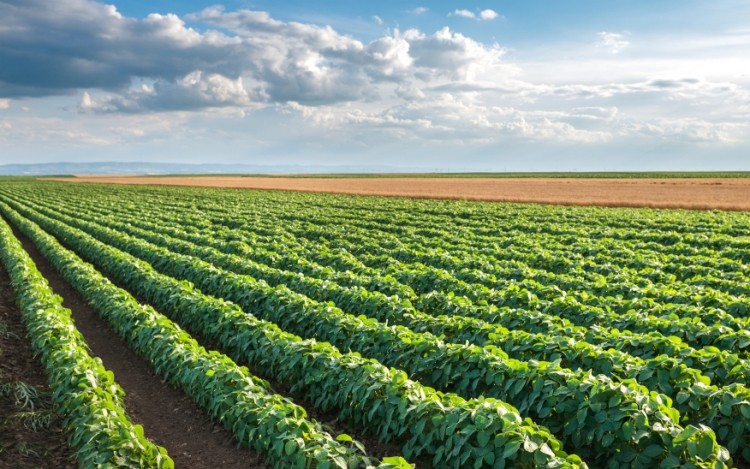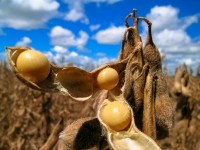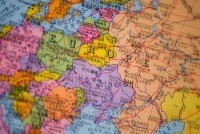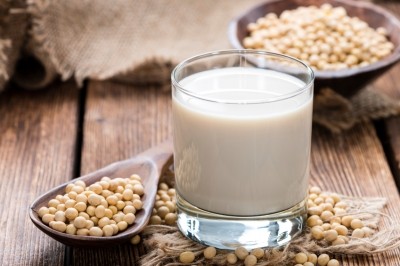Eastern promise: Is Central and Eastern Europe the solution to EU’s unsustainable soy imports?

Less than 0.9% of arable land in the EU is used to grow soy, and legumes in general take up only 2% of European farm land, Matthias Krön, Danube Soya Association told the ‘Improving European plant protein supplies’ committee.
Meanwhile, Central and Eastern Europe (CEE) has roughly 110 million hectares of arable land and has the potential for a 40% increase in food output over the next 20 years with some investment and good farming practice, agronomists predict.
Krön stressed the growth could be done solely using existing dedicated agricultural land, adding: “If we grow soy on only 5% of CEE arable land we can produce nearly 45% of European soy needs.”
However, the Americas – particularly South America – dominate the soy market, Krön and David McNaughton Soy UK agreed. Soy accounts for almost 40% of annual cropping in South America, Krön said, adding: “This is unhealthy, it is too much.”
“We need to reduce our dependency on overseas plant protein,” Krön said.
“The current level of dependency in soy is too high to be sustainable. Currently, Europe needs around 35 million tons of soy equivalent per year, and products roughly 2.5 million tons.”
The EU’s categorisation of soy and other legumes is also a contributing factor in Europe’s dependency on imports, McNaughton told FoodNavigator. It is currently categorised as an oilseed which means EU subsidy support has been disproportionately lower than for other crops, he noted.
Grouping all leguminous crops into one new category would allow the EU to re-task money from other, less deserving areas to try and fix some of the existing supply and demand issues in Europe, he said.
Potential barriers to CEE supply
Though CEE countries already export wheat, sunflower and corn to Europe, Krön said the integration of the region’s agricultural lands in the wider EU food system is poor.
However, soy production has already increased in CEE countries in 2015 and 2016 as a result of farmers switching to the more lucrative crop in the face falling wheat prices, McNaughton told us.
This trend will continue, though it is uncertain whether CEE production will be able to supply the entire 30 million plus tonnes of soy currently imported
from the Americas, he said, noting only countries like the Ukraine and Russia would have the capacity to meet these demands.
CEE countries may also choose to produce other more profitable crops as prices change – for instance they could dedicate more acreage to wheat if prices rise again – which would also affect the region’s potential as a supplier of soy.
In any case, McNaughton argued the biggest challenge to sustainability is the rising costs associated with soy import, noting prices will continue to rise with growing consumption.
He said importing from CEE countries is unlikely to be different to current pricing levels, meaning cost sustainability issues would remain.
“This level of dependency on a single protein source from such a narrow supply base, is strategically and economically dangerous, and the problem will get worse over the next few years.”
Referring specifically to soy meal – livestock feed – McNaughton said the cost has risen from around €200 per tonne in 2007 to €400 per tonne in 2016.







